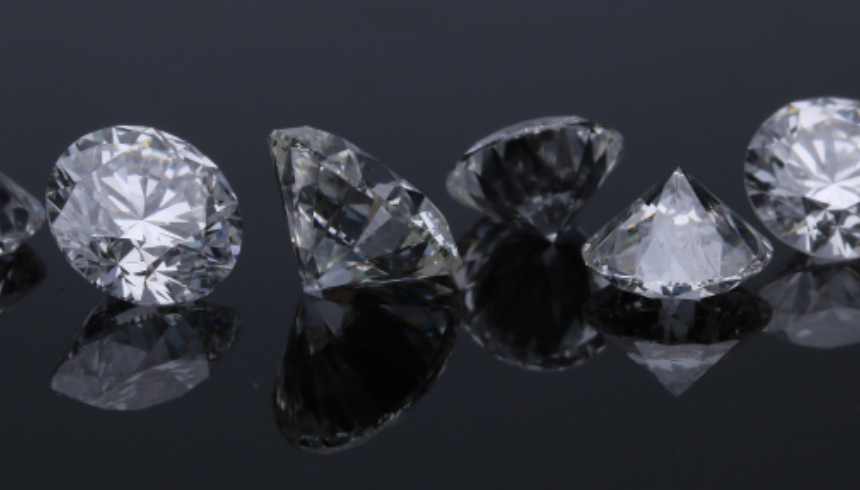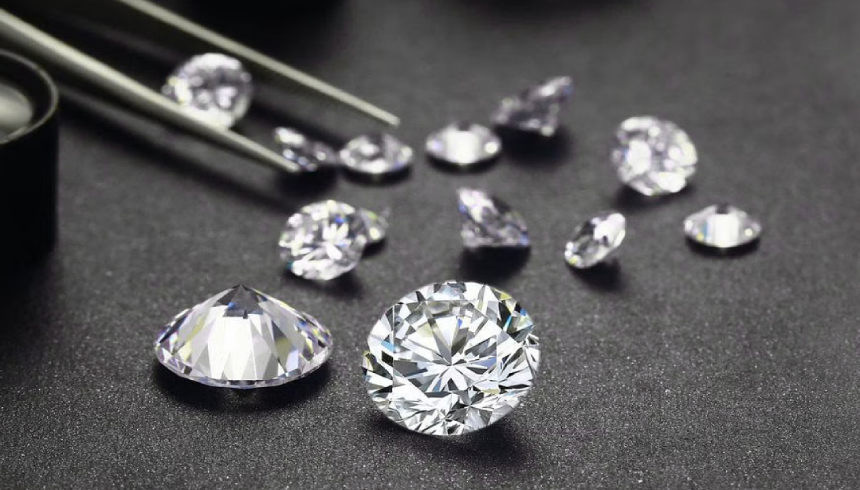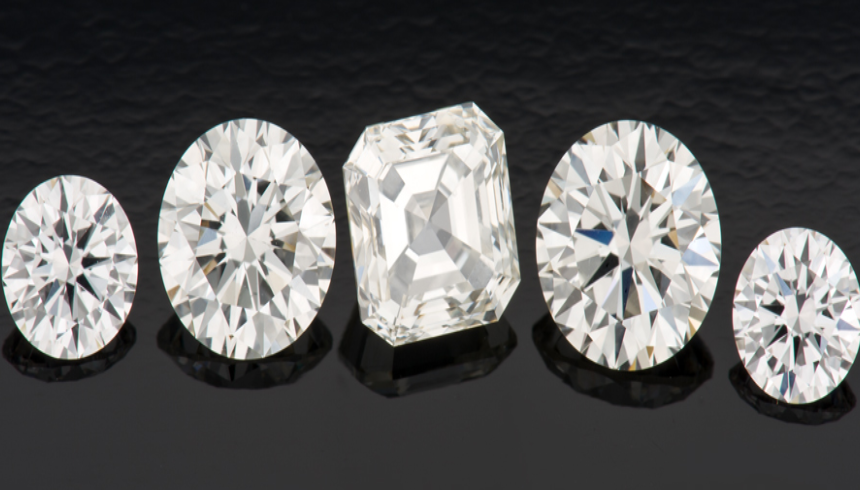As the name suggests, Lab Grown Diamonds (abbreviated as LGD) are grown in laboratories, considering several terms and conditions for the particular formation. These are also known as synthetic diamonds as they are synthesized (or created) in laboratories.
Companies manufacture diamonds in controlled lab environments with advanced technical processes for gaining profits. The lab-grown diamonds resemble natural diamonds which are naturally formed with the high-pressure and hot temperature within the earth’s crust. Cultivation of those diamonds is quite time-consuming and that is why the identical situation is created within a lab to form man-made diamonds.
High-pressure, carbon, and extreme temperature in laboratories generate a chemically structured diamond that possesses the optical properties of a natural diamond. This is Lab Grown Diamond, which evolves with a seed of another diamond.


Severalmethods and experiments helped to produce diamonds from carbon through the temperatures and high-pressure belt press. The exact measurement of both pressure and temperature was 2912ºF and 100000 atm respectively. This is also known as the High Pressure – High Temperature (abbreviated as HPHT) method. The scientists also used the metals like nickel, iron, and cobalt to accelerate the overall transformation of the diamond from graphite and carbon.
Sooner or later, General Electric owned the crown of being the first company that created Lab Grown Diamonds with significantly resembling qualities of natural diamonds. But moving ahead with the same, these LGDs got a commercial place in the market in the late 1980s only.
With the several passing years, the technologies and ideas kept evolving. Afterward, many claimed that they have successfully formed synthetic diamonds but no such documentation is available for the same. After HPHT, chemical vapor deposition (abbreviated CVD), belt press, modern cubic and several other methods came into existence to elevate the efficiency of performance. With the several passing years, the technologies and ideas kept evolving. Afterward, many claimed that they have successfully formed synthetic diamonds but no such documentation is available for the same. After HPHT, chemical vapor deposition (abbreviated CVD), belt press, modern cubic and several other methods came into existence to elevate the efficiency of performance.
 The perpetual research propelled the scientists to adopt the CVD process for LGD formation as they found it more apt for that.
The perpetual research propelled the scientists to adopt the CVD process for LGD formation as they found it more apt for that.
In the beginning, there was a need for sourcing diamonds that got vanished due to the alternatives offered by scientists. Earlier the LGDs were majorly for industrial purposes and so, there were no such bustling demand and supply chain.When it thrived beyond commercial purposes, the demand started increasing that further formed a rich supply and demand chain. The market demand increased as people started preferring these diamonds for their actual resemblance. The LGDs are identical to earth-mined diamonds from several perspectives. From the shapes and sizes, the perfection evolves with time and keeps continuing.